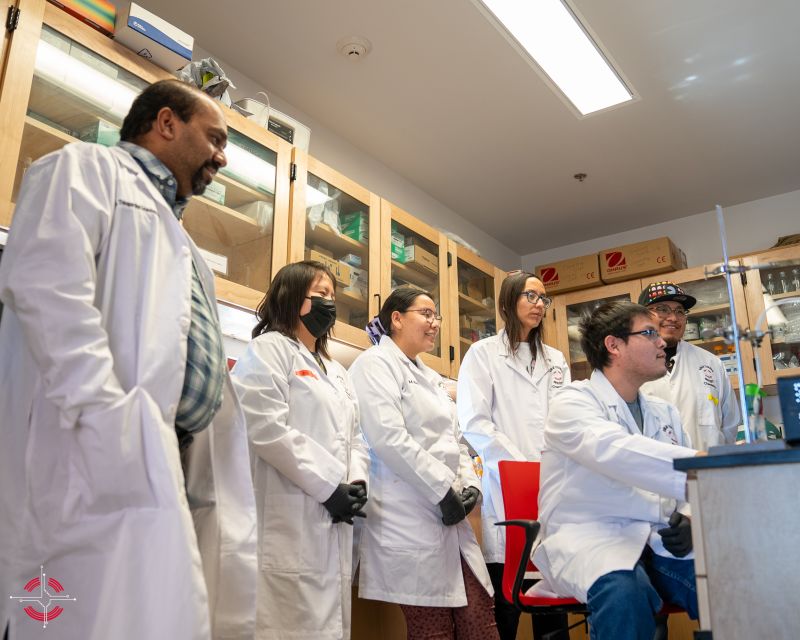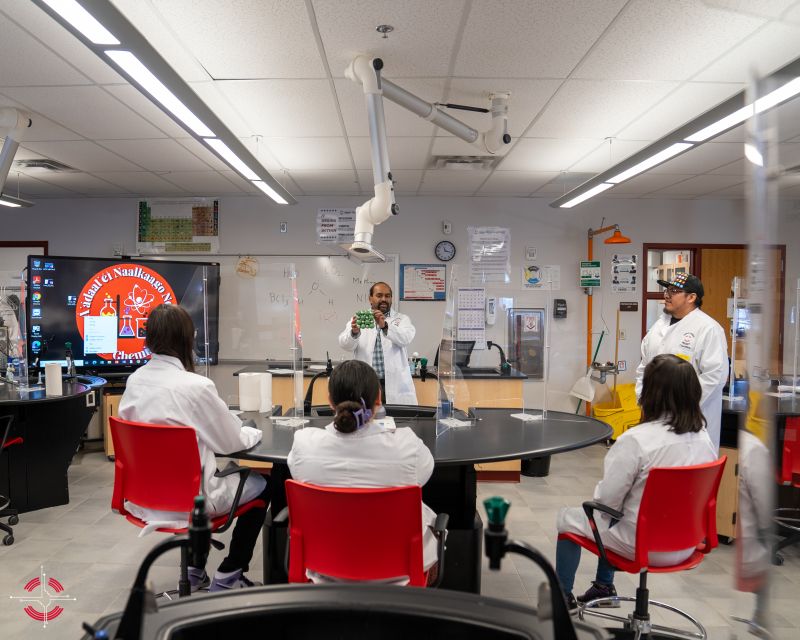A partnership that began in 2017 between Navajo Technical University (NTU) and the National Science Foundation’s Materials Research Science and Engineering Center at Harvard University is providing Navajo students with new opportunities to earn advanced degrees in science and engineering while helping to solve critical problems facing the Navajo Nation.
The partnership is supported through NSF's Partnerships for Research and Education in Materials (PREM) program, which has been building productive collaborations between minority-serving institutions and research-intensive centers and facilities for nearly two decades. NTU Associate Professor of Chemistry Thiagarajan Soundappan is leading the partnership with Harvard, which focuses on materials research topics with valuable applications for the Navajo community, such as electrochemical sensors and microfluidics that can be used to detect groundwater contaminated with heavy metals from abandoned mines.
“There is no limit to the value science can create for a community when it is led by and done for the people in that community,” said Germano Iannacchione, director of NSF's Materials Research Division. “NSF's PREM program demonstrates how federal funding can help build new scientific capacity and lasting educational pathways in any community in America.”

Credit: Wade Shana, Navajo Technical College, Marketing Department.
Among the many Indigenous students pursuing advanced research through this partnership is Robinson Tom, NTU's first graduate from the biology program and the first NTU student to be admitted to a doctoral program at Harvard University. Tom's research on microfluidic techniques to develop targeted biological pesticides demonstrates the real-world applications of the program, particularly in the agricultural industry, which is the economic base of the Navajo Nation.
/Public Release. This material from the originating organization/author may be out of date and has been edited for clarity, style and length. Mirage.News does not take any organizational stance or position and all views, positions and conclusions expressed here are solely those of the authors. Read the full article here.

